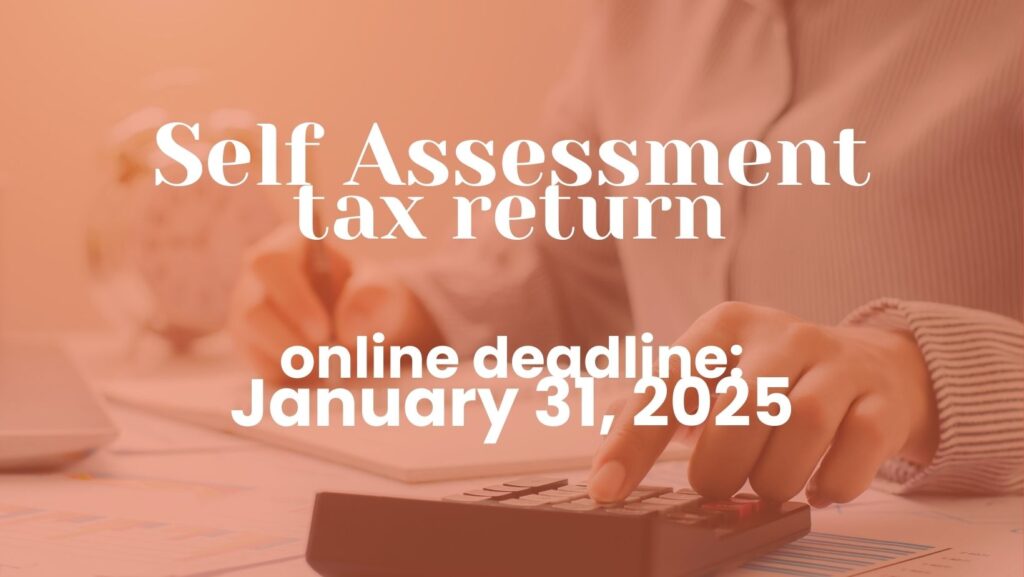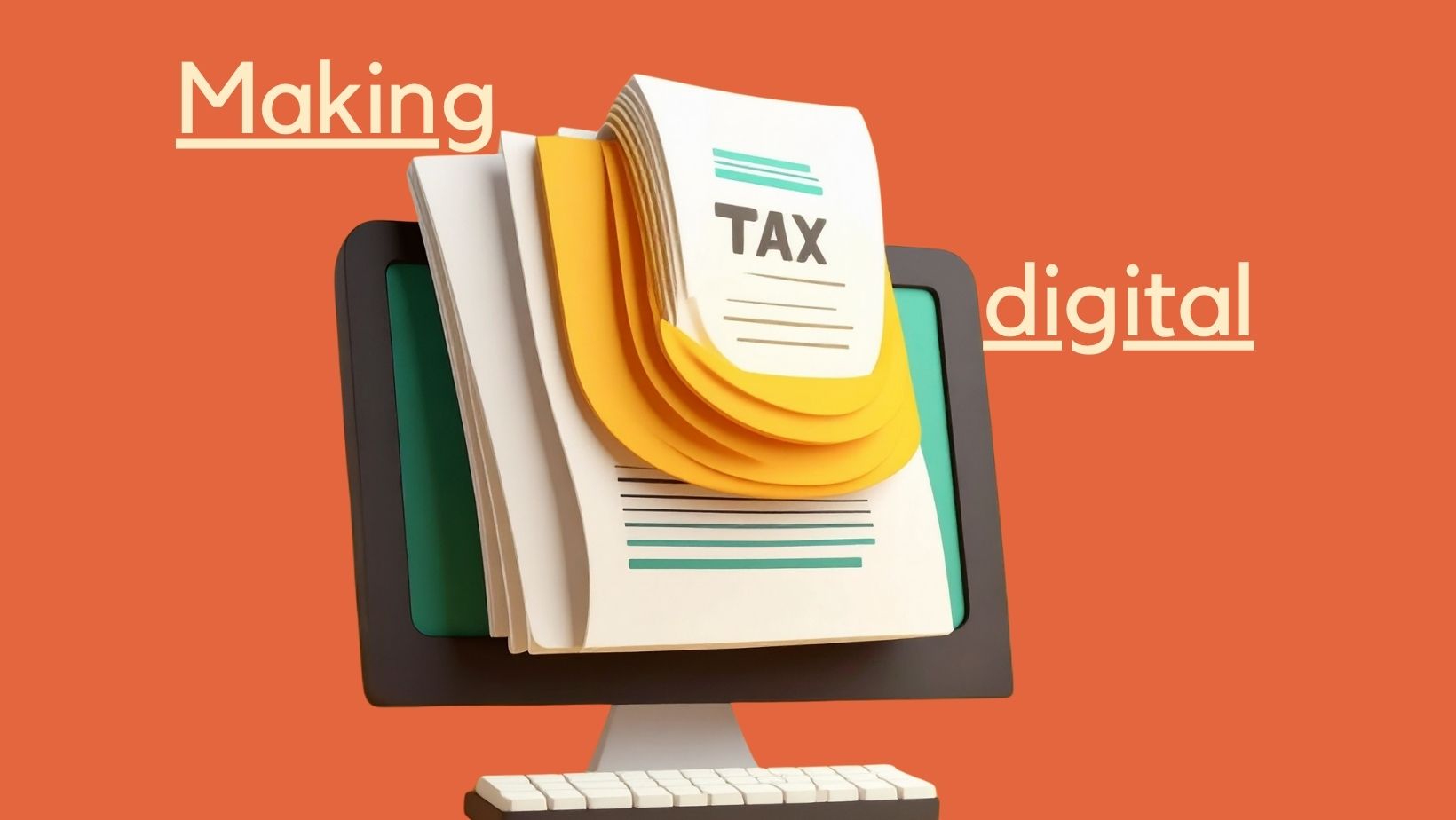Don’t panic. Contractors and small business owners in the UK who missed the self-assessment tax return deadline on October 31 still have the chance to submit!
There is also an online deadline of January 31, so there is still time to get everything sorted.
Here’s what you need to know, the steps you need to take and how to avoid penalties.
Self-assessment tax return deadlines to remember
If you chose to submit your self-assessment tax return on paper, you had until midnight on October 31, 2024, to deliver it to HM Revenue and Customs (HMRC).
However, if you received HMRC’s request to complete a 2023/24 tax return dated August 1, 2024, or later, the paper deadline extends to three months from that date. So, if your request came in after the usual timeline, there’s no need to panic.
Going forward, remember that your 2024/25 paper self-assessment return will be due by October 31, 2025.
Put that date in your calendar now so you’re prepared for next year!
What if you missed the paper deadline?
If you found yourself in a situation where meeting the October 31 deadline wasn’t feasible, don’t worry. You can still avoid a fine by filing your return online.
HMRC’s online services allow you to complete and submit your tax return electronically.
If you missed the paper deadline for this year, there’s still the online deadline of January 31, 2025. But this is the absolute latest you can submit.
If you miss the online deadline…
If you miss the January 31 deadline for submitting your self-assessment tax return, there will be penalties.
You’ll receive an automatic £100 fine if your return is late. If your return is three months late after the January deadline, you’ll be charged another £100. After this, you’ll incur daily penalties of £10 per day for up to 90 days.
If you also miss the deadline for paying the tax you owe, you’ll be charged interest on the outstanding amount.
If you don’t pay your tax bill by January 31, you’ll be charged a 5% penalty on any unpaid tax after 30 days. Another 5% if it’s still unpaid after six months. And an additional 5% if it remains unpaid after 12 months.
It’s important to file and pay on time to avoid these penalties. If you have a reasonable excuse for missing the deadline, you can appeal against the penalties.
How to submit your self-assessment online
- Register for an online account:
If you haven’t already, register for an online account with HMRC. This process can take a few days, so it’s best to do it sooner rather than later.
- Gather your documents:
Ensure you have all necessary documents, such as your P60, P45, and records of any additional income or expenses.
- Log in and complete the form:
Once registered, log in to your account and follow the instructions to complete your self-assessment form. HMRC provides a step-by-step guide to help you through the process.
- Review and submit:
Double-check all the information before submitting. Once you’re confident it’s accurate, hit submit, and you’re done!
Why submit via post when you can file online?
There are several reasons why someone might choose to submit their self-assessment tax return via paper and post instead of filing online:
- Preference for paper forms:
Some individuals feel more comfortable working with paper forms. They may find it easier to jot down notes or calculations and appreciate the tangible aspect of handling physical documents.
- Limited internet access or technology skills:
Not everyone has reliable internet access or feels confident using digital tools. For those who are not tech-savvy, submitting a paper return may seem simpler and less stressful.
- Specific circumstances:
Certain situations might require individuals to file on paper. For example, if they have complex tax affairs or specific exemptions that necessitate a paper form, they might opt for this route.
- Delayed access to online services:
If someone hasn’t registered for HMRC’s online services well before the deadline, they might not have enough time to complete the registration and file online before the deadline.
- Documented record:
Some people prefer to keep a physical copy of their tax return and any accompanying documents. Sending it by post allows them to maintain a personal record of their submission.
- Misunderstandings about online filing:
Some individuals may not be aware of the benefits of online filing or may have misconceptions about the ease and security of online submissions.
While online filing is generally more efficient and allows for quicker processing, the choice between paper and online submission ultimately comes down to personal preference and specific circumstances.
To sum up…
Preparing your self-assessment tax return might feel overwhelming, but with the right knowledge and preparation, you can navigate this deadline smoothly.
If you’re proactive, you’ll meet the deadline and avoid any unexpected fines.
Lastly, if you have any questions or need assistance with your self-assessment, don’t hesitate to reach out.





